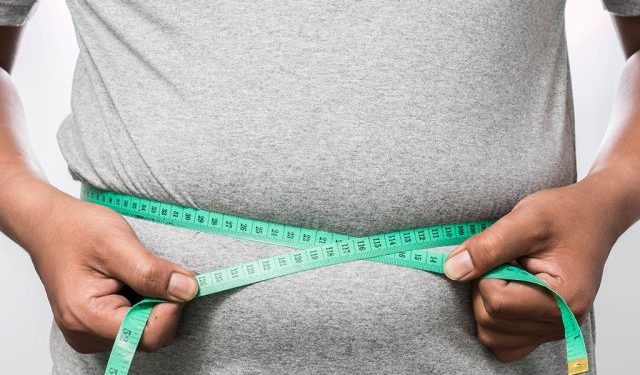Everyone’s body changes after reaching 50 years and dealing with stamped belly is always a challenge. If you need help for that, you’re lucky. We talked with Scott “Spirit” Hermanpersonal coach certified at Plymouth for life (Minnesota)To learn the only training routine that seems to melt belly fat.
Before going into the details of the Scott training plan, it is important to explain why the belly fat is so common after being 50 years. Middle Age bulge Can be caused by fashionable diets, hormonal changes, etc.
“I believe that 100% (de) is a lifestyle – which and how we eat, where we work, and how much we move. Lack of sleep is also a factor, and leads to poor choices with food, screen time, etc. ”, explains Scott. “As a 51-year-old man myself, I saw first-hand the change of body of the lean child who could eat anything to the guy who still wants to eat anything but should not.”
Does that seem familiar?
Belly fat is not only frustrating to manage – it is also unhealthy. One of the greatest risks for belly fat is visceral fat.
“Visceral fat is the fat that is stored at the bottom of the abdominal area surrounding many organs, including the liver, the intestines and the pancreas,” explains Scott.
Visceral fat can heart disease (especially in men over 50), type 2 diabetes, high blood pressure, certain cancers (such as colon and prostate) and cognitive decline.
The best training to fight belly fat
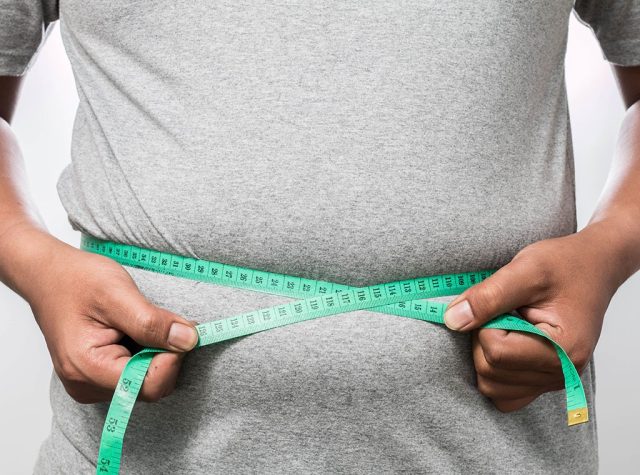

To fight against belly fat, Scott recommends three days / cardio resistance of two days – and the reason to combine the two types of exercise is simple.
“When we do cardio, we then burn fat, and when we add a weight routine to the mixture, we build muscles that burn in the long term. This is why we need both cardio and strength, ”he explains.
Day 1: cardio (30-60 minutes)


Perform longer, slow / stable cardio training to help your body burn fat.
For this cardio day, Scott recommends a fast walk, using the treadmill, bike, rowing or swimming.
Day 2: strength training
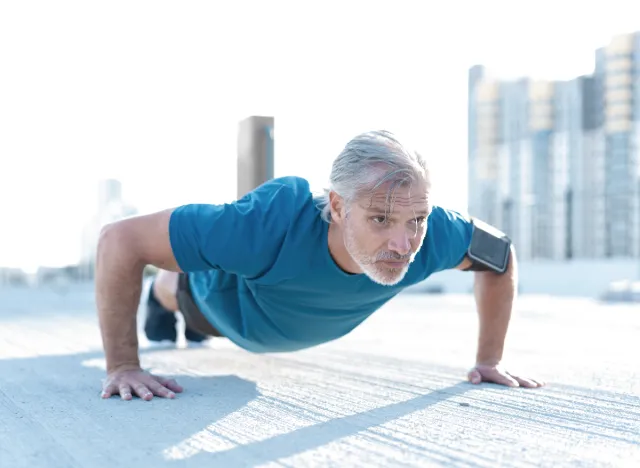

Day 2, you will lead to three parts of the body and the nucleus.
- Chest (that is, the bench press / dumbbell, pushap to plant the tap, chest fly dumbbell on a stability ball) \
- Biceps (that is to say alternating curl dumbbound biceps)
- Triceps (i.e.
- Nucleus (i.e. board, bikes, Russian torsion)
Day 3: Training by cardio / high intensity intervals (15-30 minutes)


Perform a high / slow high -intensity interval training (HIIT) to launch your calorie deficit. You will continue to burn calories long after your end.
For this cardio day, Scott recommends spending time on a rower or a bicycle, because it is easier to accelerate, then slow down. But you can also choose a treadmill, walk or swim.
Day 4: strength training
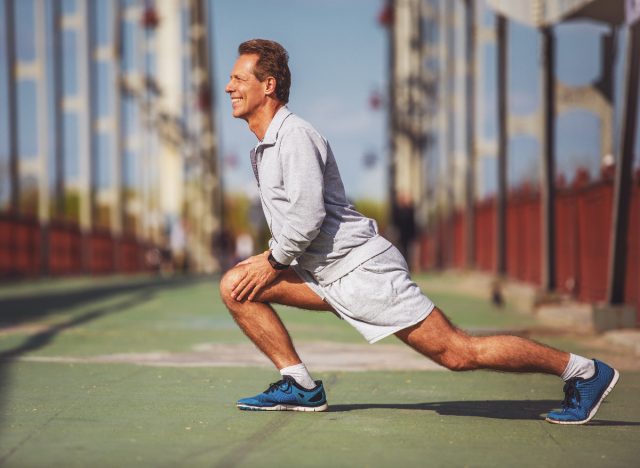

Day 4, you will once again train three different parts of the body and the nucleus.
- Legs (i.e.
Back (i.e.
Shoulder (i.e. press the press to push, air transport)
Nucleus (i.e. side board, leg lifting, superhero)
Day 5: Rest


It is essential to cut yourself sufficient to rest, which means no screen time or very limited time on the devices. Scott recommends the following activities:
- Yoga
- Meditation
- Slow walking of nature
Day 6: Total body
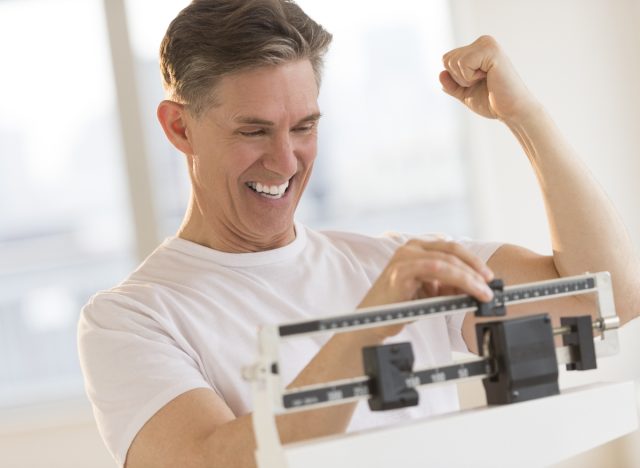

Day 6, Scott suggests starting with larger muscles and the nucleus last.
“The reasoning behind why I make the nucleus the last one is in my routines, I always involve my heart, so I want my fresh core and ready for workloads on the rest of the body … I start with the biggest muscles first. I make the nucleus last, while other coaches first make the heart. ”
It is a question of preference; Test what is best for you.
- Legs
- Chest
- Back
- Triceps
- Biceps
- Shoulders
- Heart
Day 7: rest


- Yoga
- Meditation
- Slow walking of nature.
Alexa Mellardo
Alexa is a strategic strategist, publisher and writer based in Greenwich, Connecticut. It has more than 11 years of experience in creating content for travel publications, lifestyle, fitness, well-being, F&B, house and fame. Learn more about Alexa

